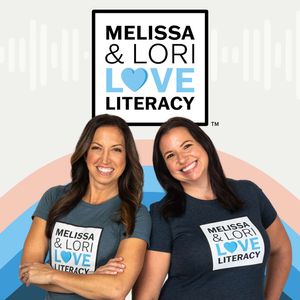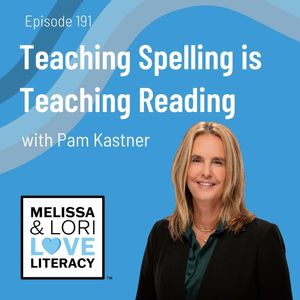
Melissa & Lori Love Literacy ™
Powered by Great Minds
Ep. 191: Teaching Spelling is Teaching Reading with Pam Kastner

Ep. 191: Teaching Spelling is Teaching Reading with Pam Kastner
Description
Pam Kastner discusses the connection between spelling and reading. She emphasizes that teaching spelling is teaching reading, as spelling is a higher linguistic skill that requires complete and accurate recall and memory for words. Spelling helps students understand the internal structure of words and improves their reading abilities. She suggests using instructional routines that integrate phonology, orthography, morphology, semantics, syntax, and pragmatics to teach spelling effectively.
Takeaways
- Teaching spelling is teaching reading, as spelling is a higher linguistic skill that requires complete and accurate recall and memory for words.
- Spelling helps students understand the internal structure of words and improves their reading abilities.
- Effective spelling instruction should be explicit, systematic, and teach spelling patterns from least complex to most complex.
- Instructional routines should integrate phonology, orthography, morphology, semantics, syntax, and pragmatics to teach spelling effectively. Direct and systematic spelling instruction is essential for students' language development.
- Spelling inventories are valuable tools for assessing students' understanding of language and identifying areas for targeted instruction.
- Spelling can be used as a teaching tool, allowing students to learn from their errors and improve their spelling skills.
- Spelling instruction should be aligned with the research and evidence-based practices to ensure its effectiveness.
Resources
- Pam Kastner's Padlet with resources (password PT2)
We wrote a book! The Literacy 50-A Q&A Handbook for Teachers: Real-World Answers to Questions About Reading That Keep You Up at Night
- Facebook and join our Facebook Group
Don't miss an episode! Sign up for FREE bonus resources and episode alerts at LiteracyPodcast.com
Helping teachers learn about science of reading, knowledge building, and high quality curriculum.